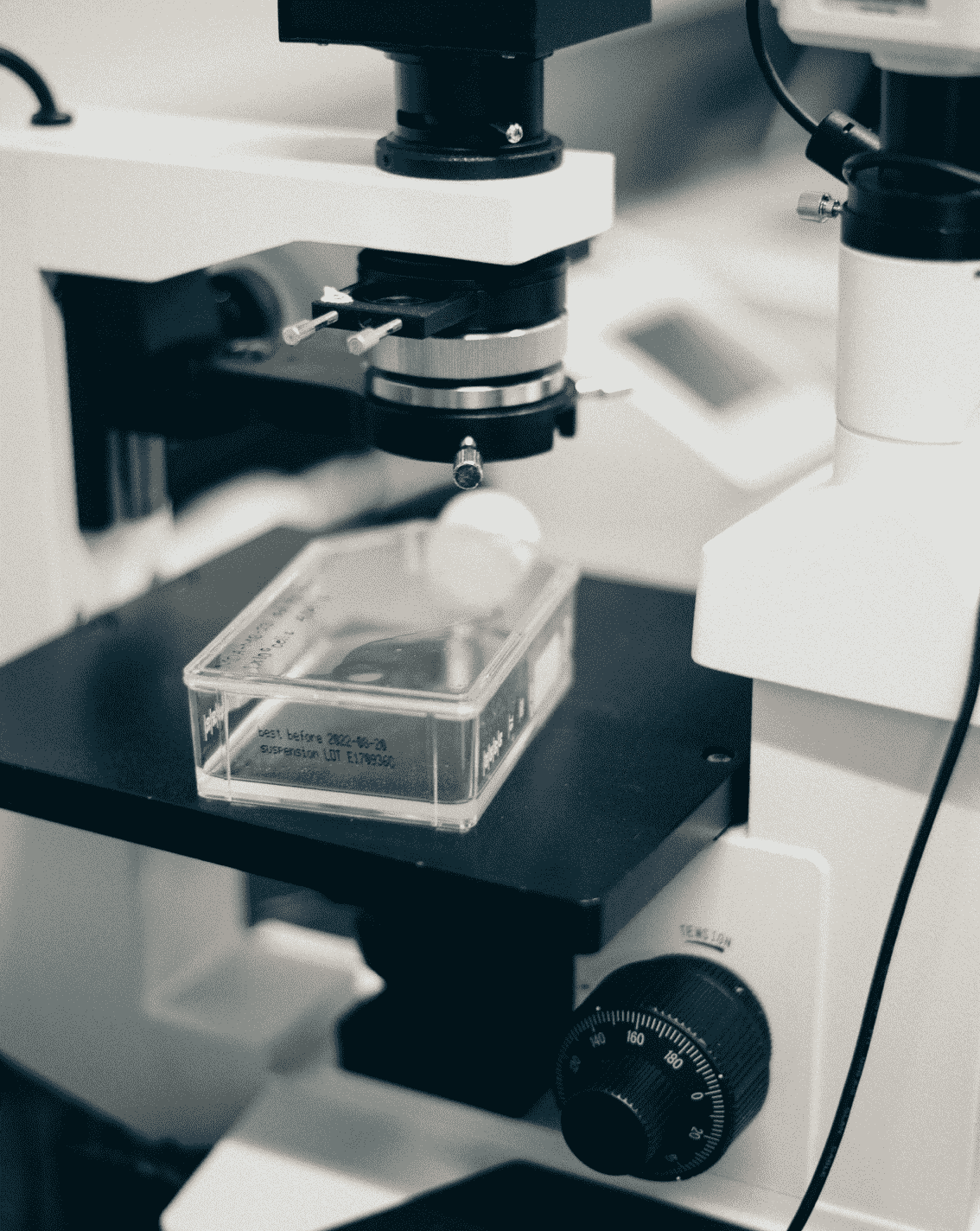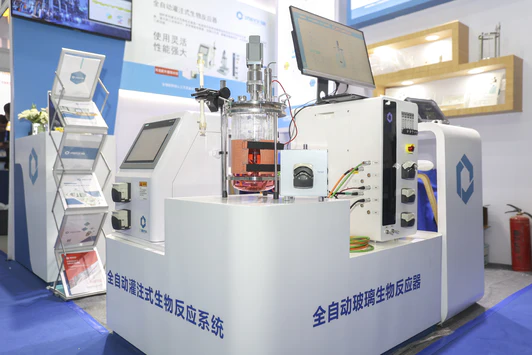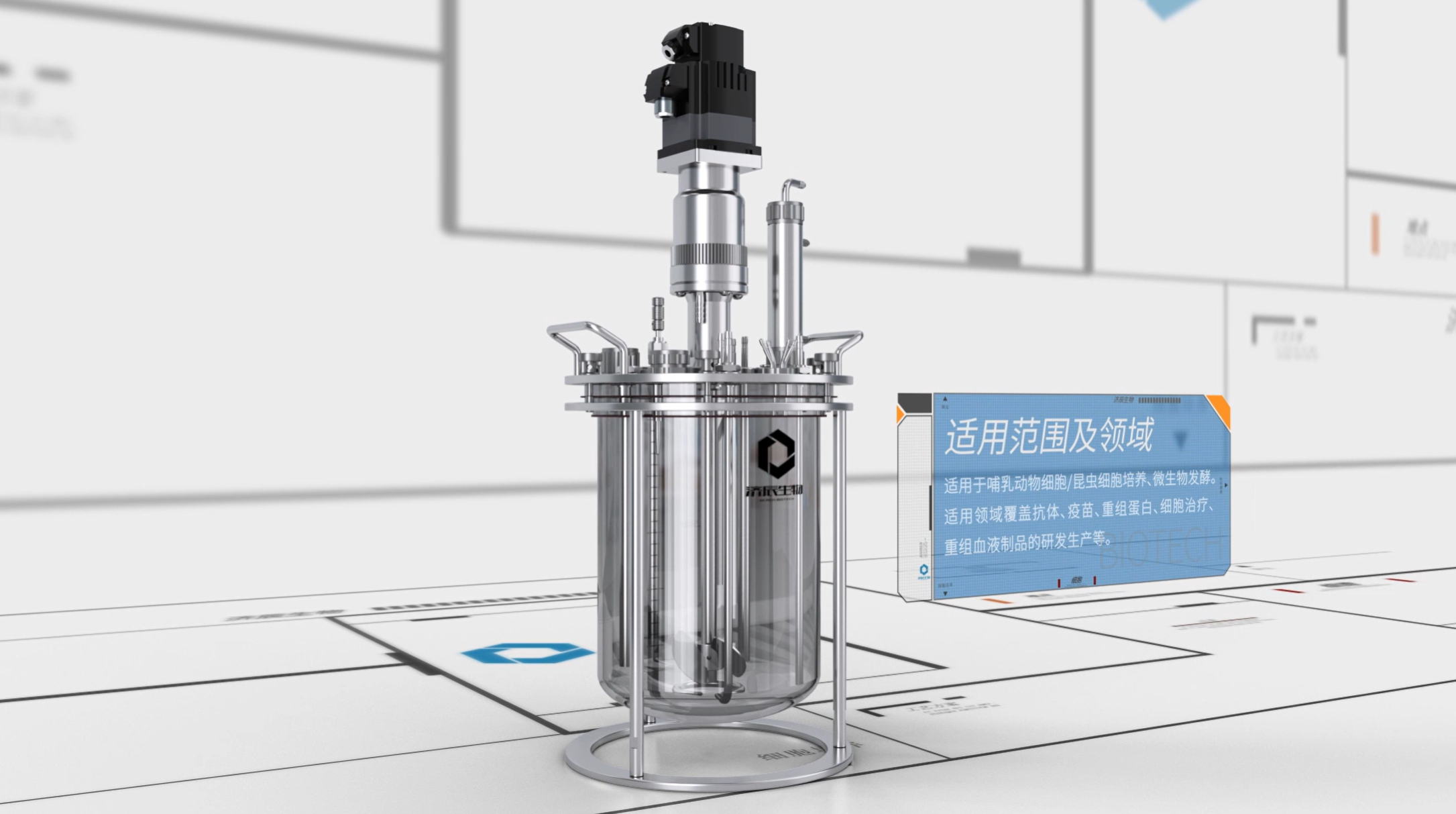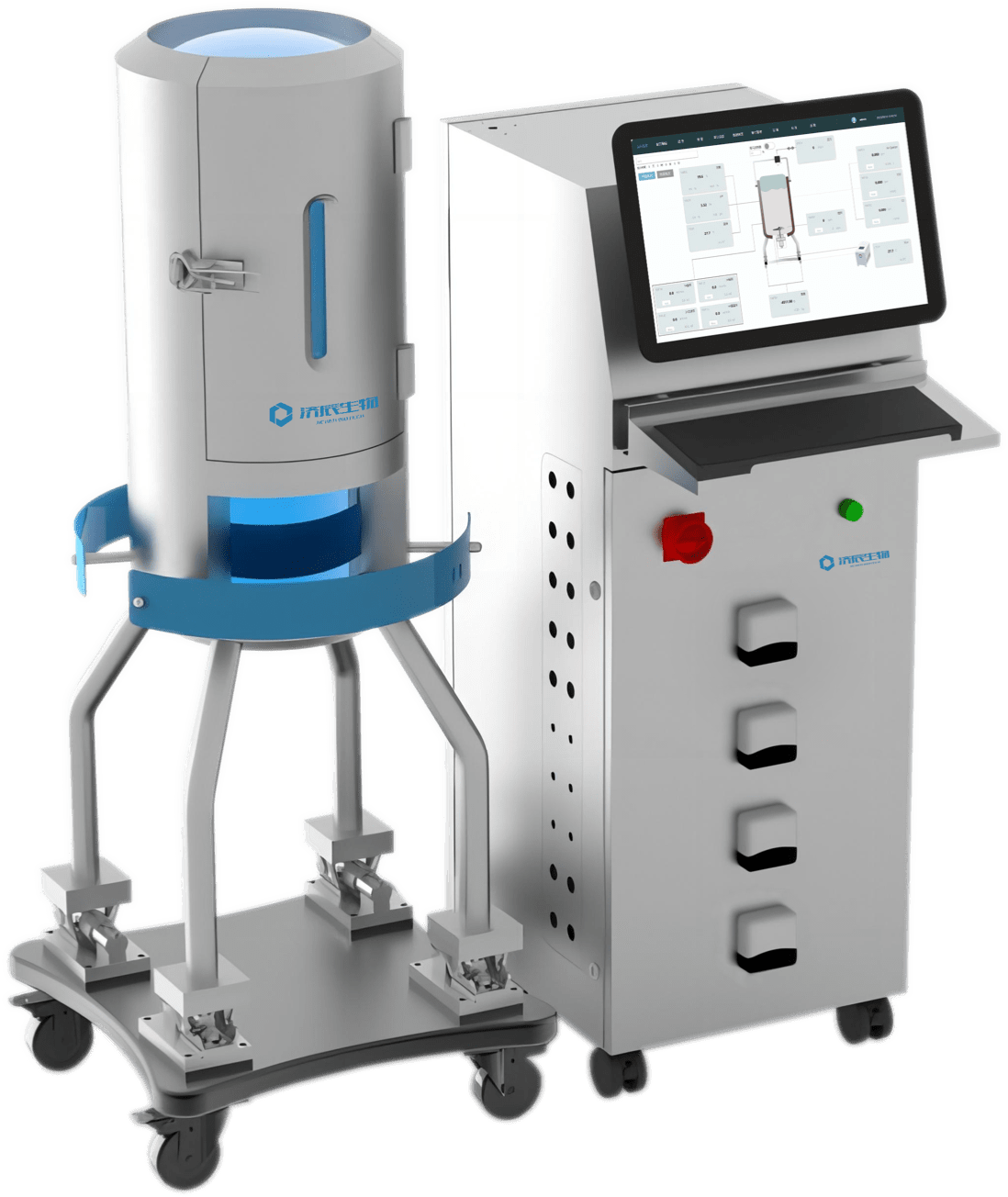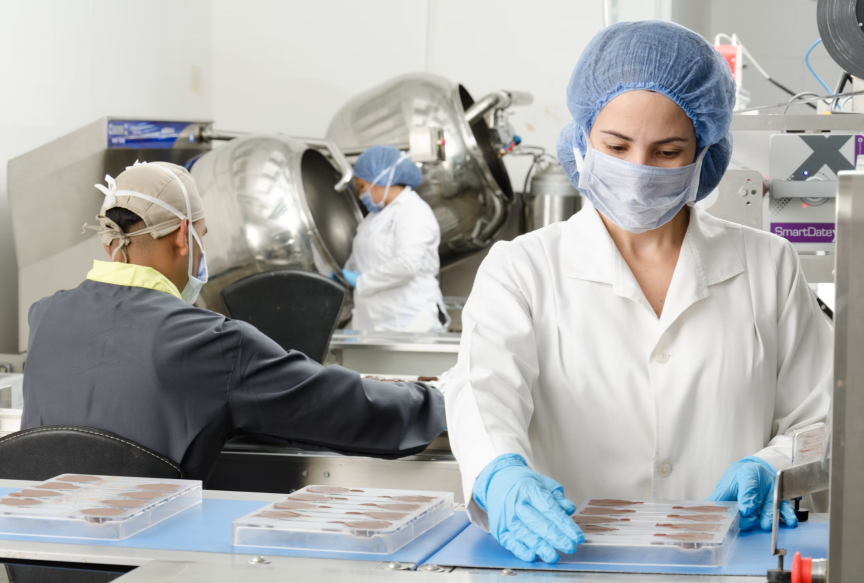With the rapid development of biotechnology, the biopharmaceutical industry has shown a booming trend worldwide. As an important player in the biopharmaceutical industry, China has achieved remarkable results in recent years in terms of policy support, technological innovation and market development. However, behind the rapid development of the biopharmaceutical industry, production efficiency, cost control, quality assurance and other issues are becoming increasingly prominent. Biopharmaceutical manufacturing automation, as a key way to solve these problems, is gradually becoming a powerful engine to promote the high-quality development of the industry.
Connotation and value of biopharmaceutical manufacturing automation
1. Connotation
Biopharmaceutical manufacturing automation refers to the use of modern automation technology, information technology, and intelligent means to integrate, optimize, control and control the various aspects of the production process of biopharmaceuticals, so as to improve production efficiency. management and control, in order to improve production efficiency, reduce costs and ensure product quality of a production mode.
2. Value
(1) Improvement of Production Efficiency: Automated production line can realize the continuity and scaling of the production process, effectively improve the production efficiency and shorten the production cycle.
(2) Reduce production costs: automated equipment has a high one-time investment, but in the long run, it can reduce the cost of labor, materials, energy and so on.
(3) Guarantee product quality: the automated production process can realize precise control, reduce human error and improve product quality.
(4) Enhance industrial competitiveness: automation of biopharmaceutical manufacturing helps companies achieve standardized and large-scale production, and improve market competitiveness.
Key technologies and applications of biopharmaceutical manufacturing automation
1. Key technologies
(1) Process control system: including sensors, actuators, controllers, etc., to achieve real-time monitoring, control and optimization of the production process.
(2) Industrial robots: applied to the production line handling, assembly, testing, etc., to improve production efficiency.
(3) Intelligent warehousing and logistics system: to realize automatic material handling, storage and distribution, and reduce labor costs.
(4) Data Analysis and Optimization: Optimize the production process and improve product quality by collecting and analyzing production data.
2. Application Examples
(1) Aseptic Filling: Adopting the automated aseptic filling production line to ensure the products are sterile and safe.
(2) Cell Cultivation: Utilizing automated control system to realize precise regulation of cell culture process.
(3) Protein purification: using automated purification equipment to improve purification efficiency and reduce impurity content.
(4) Finished product inspection: Utilizing automated inspection equipment, fast and accurate quality inspection of finished products.
China's Biopharmaceutical Manufacturing Automation Development Status and Challenges
1. Development status
(1) Policy support: a series of policies have been issued at the national level to encourage technological innovation and intelligent development of the biopharmaceutical industry.
(2) Market Scale: The market demand for biopharmaceutical manufacturing automation is expanding, and the market scale is growing year by year.
(3) Technological innovation: China has achieved a number of results with independent intellectual property rights in the field of biopharmaceutical manufacturing automation.
2. Challenges
(1) Technological level: Compared with the developed countries, the technological level of automation of biopharmaceutical manufacturing in China is still far from satisfactory.
(2) Talent cultivation: the shortage of biopharmaceutical manufacturing automation professionals restricts the development of the industry.
(3) Investment cost: large investment in biopharmaceutical manufacturing automation projects, heavy burden on enterprises.
China's Biopharmaceutical Manufacturing Automation Development Strategy
1. Strengthen policy guidance and promote industrial upgrading
The government should continue to increase support for biopharmaceutical manufacturing automation, encourage technological innovation among enterprises, and promote the industry to high-quality development.
2. Enhance technological innovation capacity and break through key technological bottlenecks
Enterprises should increase R&D investment to break through key technologies of biopharmaceutical manufacturing automation and enhance industrial competitiveness.
3. Cultivate professionals to help industrial development
Colleges and universities, research institutes and enterprises jointly cultivate professionals in biopharmaceutical manufacturing automation to provide talent guarantee for industrial development.
4. Expand financing channels and reduce investment costs
Through government subsidies and financial support, we can reduce the investment costs of enterprises and promote the landing of biopharmaceutical manufacturing automation projects.
In short, biopharmaceutical manufacturing automation is a key engine to promote the high-quality development of China's biopharmaceutical industry. Under the joint efforts of policy, technology, market and other parties, China's biopharmaceutical manufacturing automation will usher in a new golden period of development.
